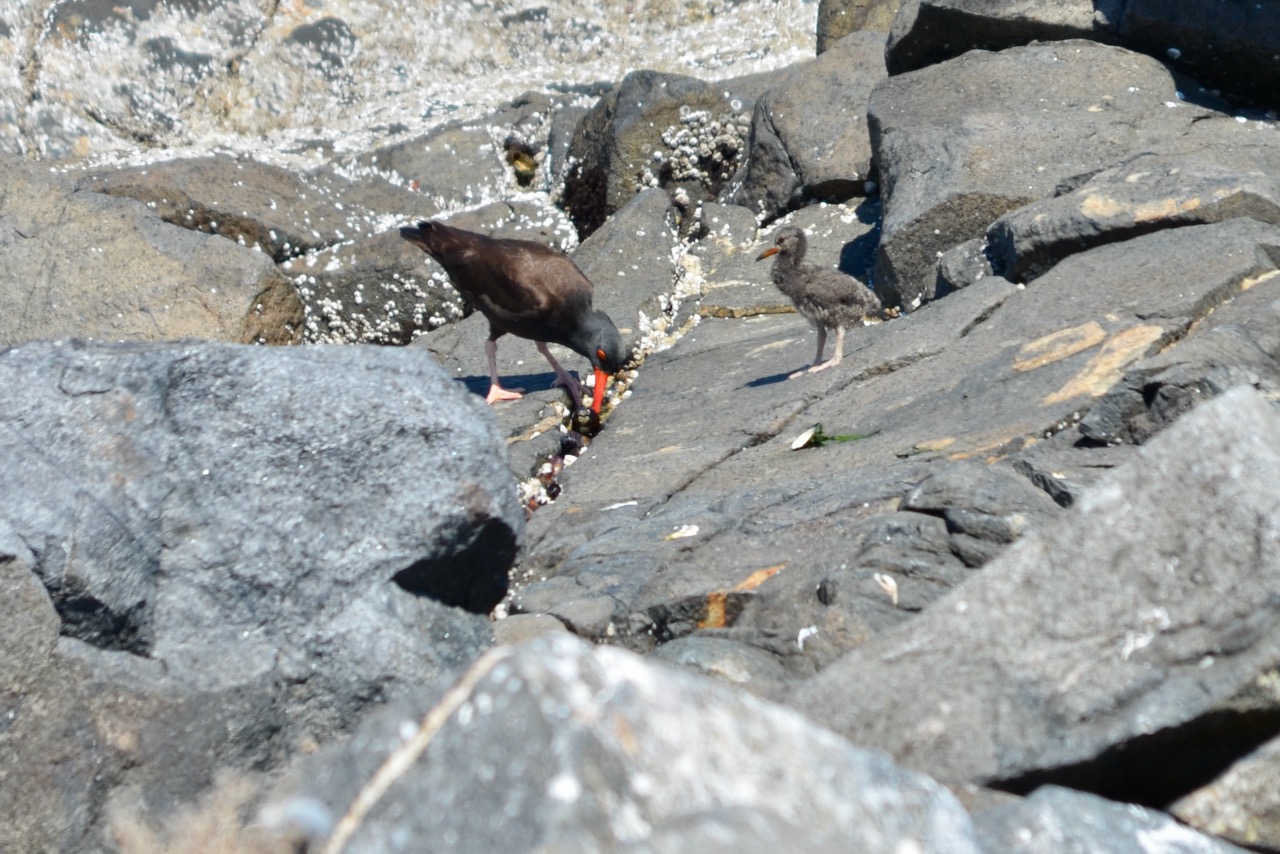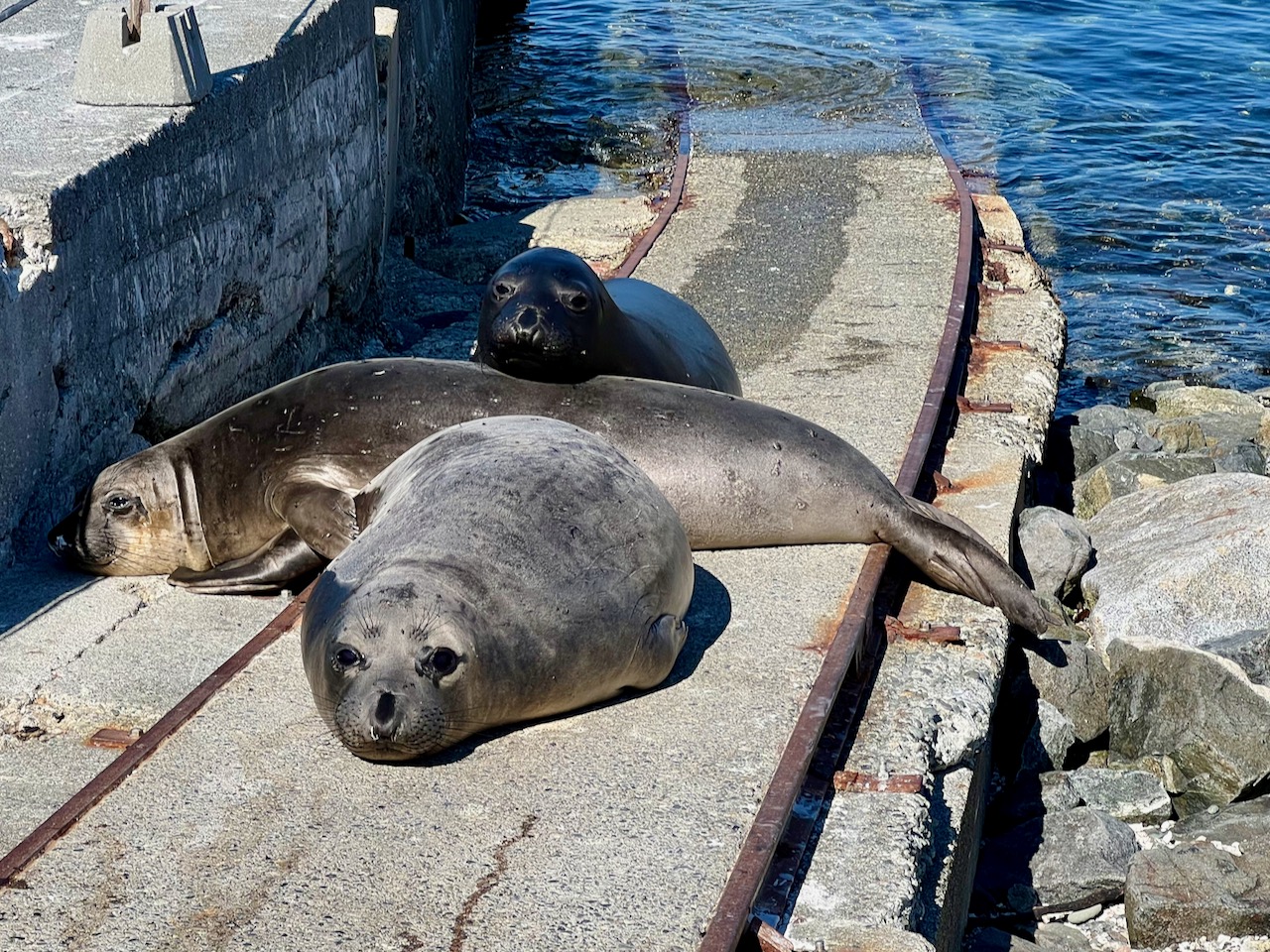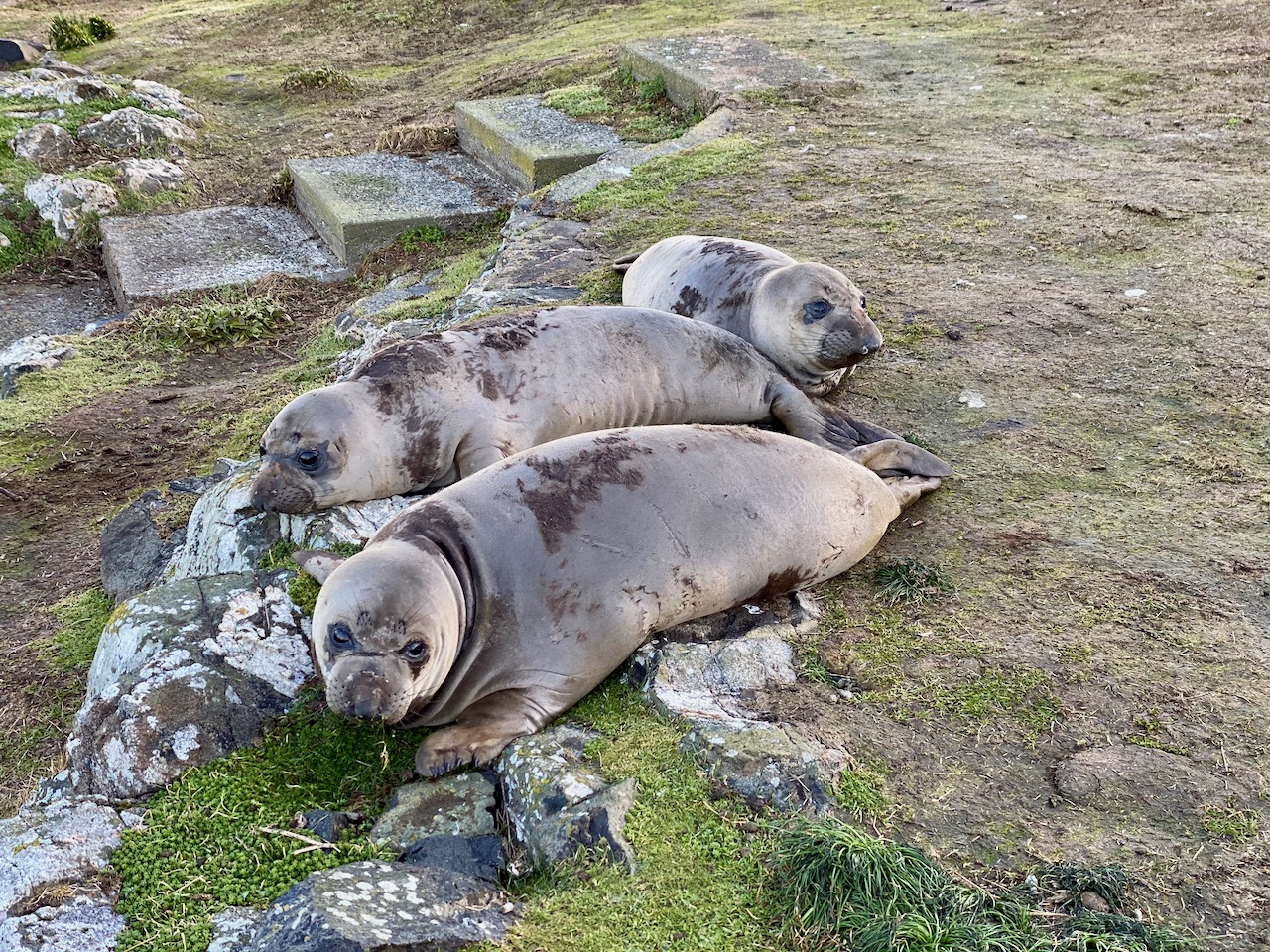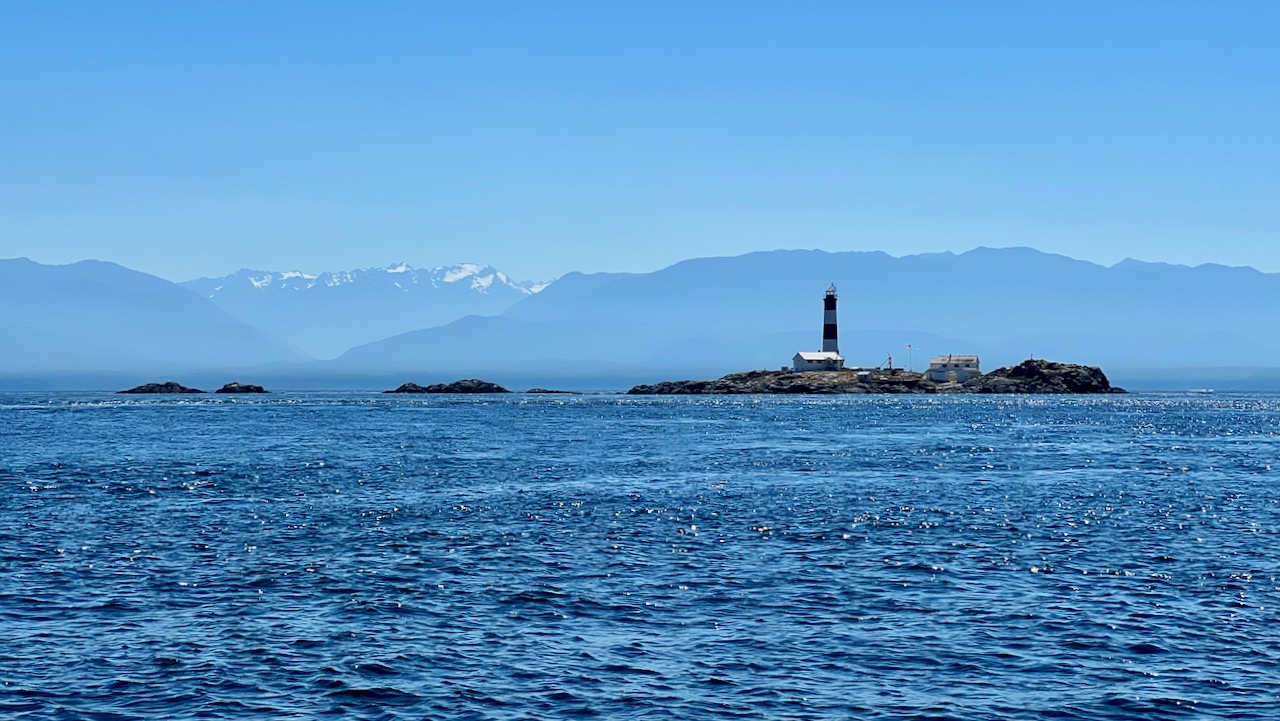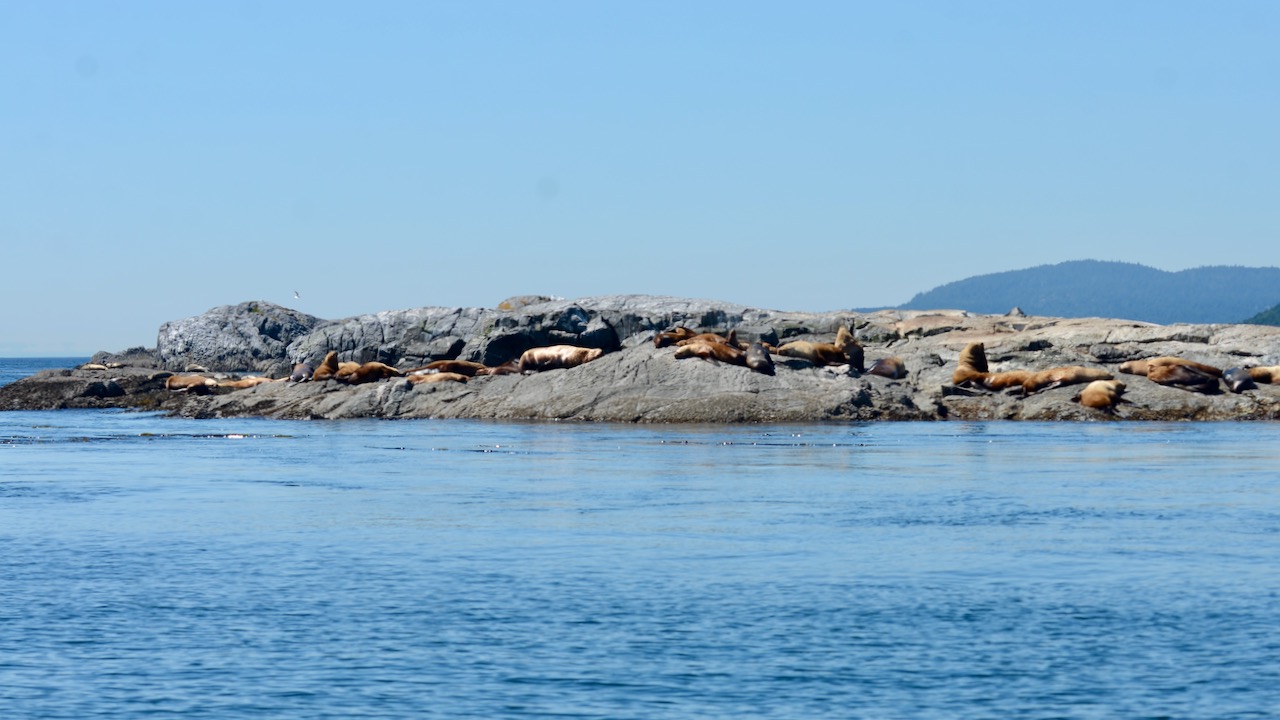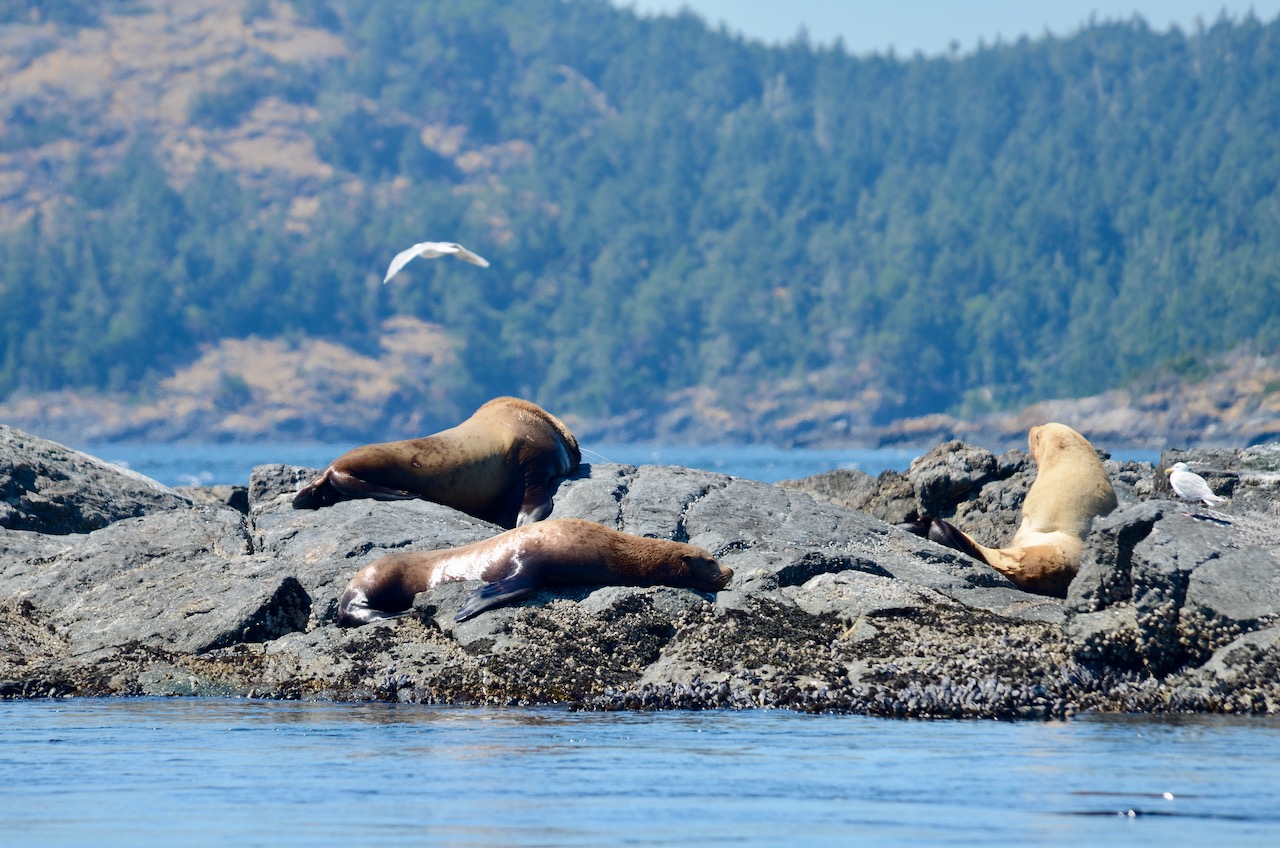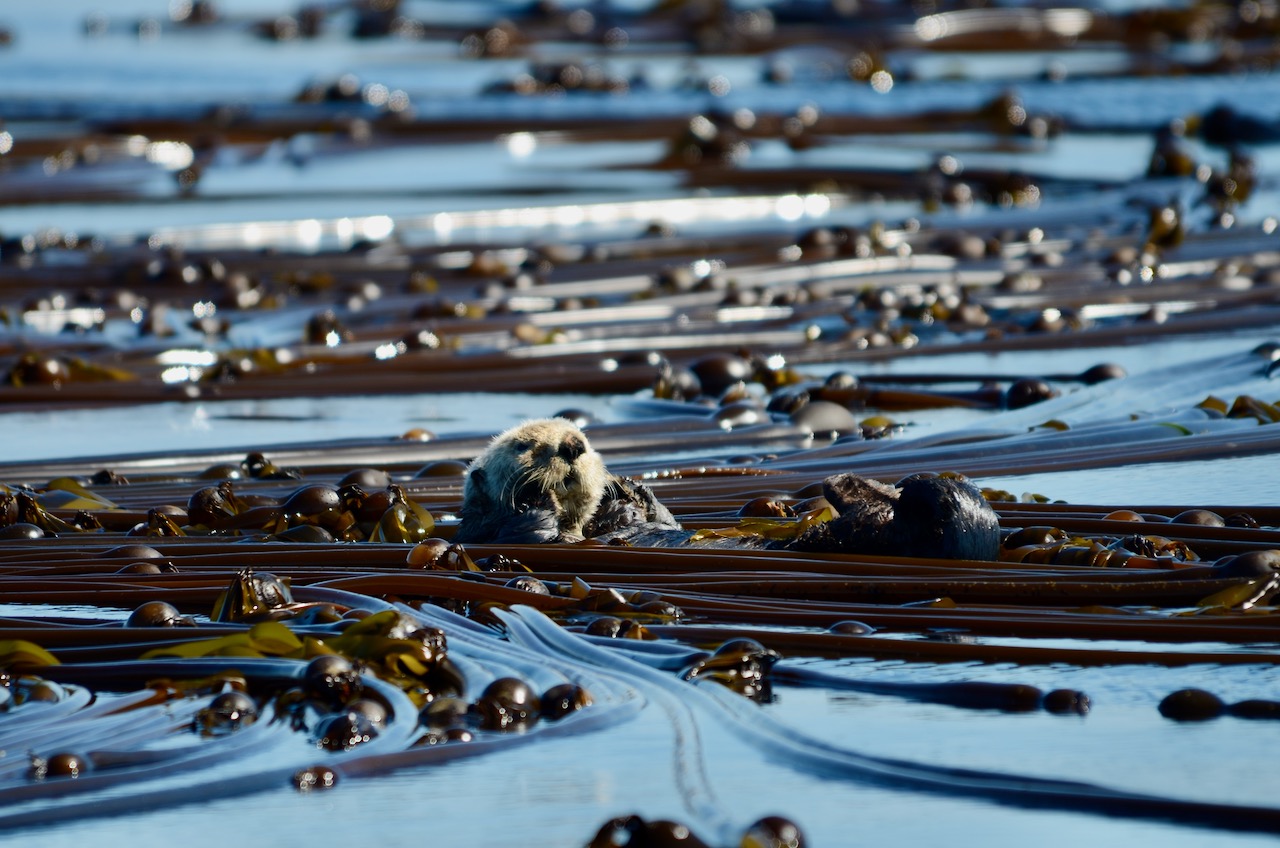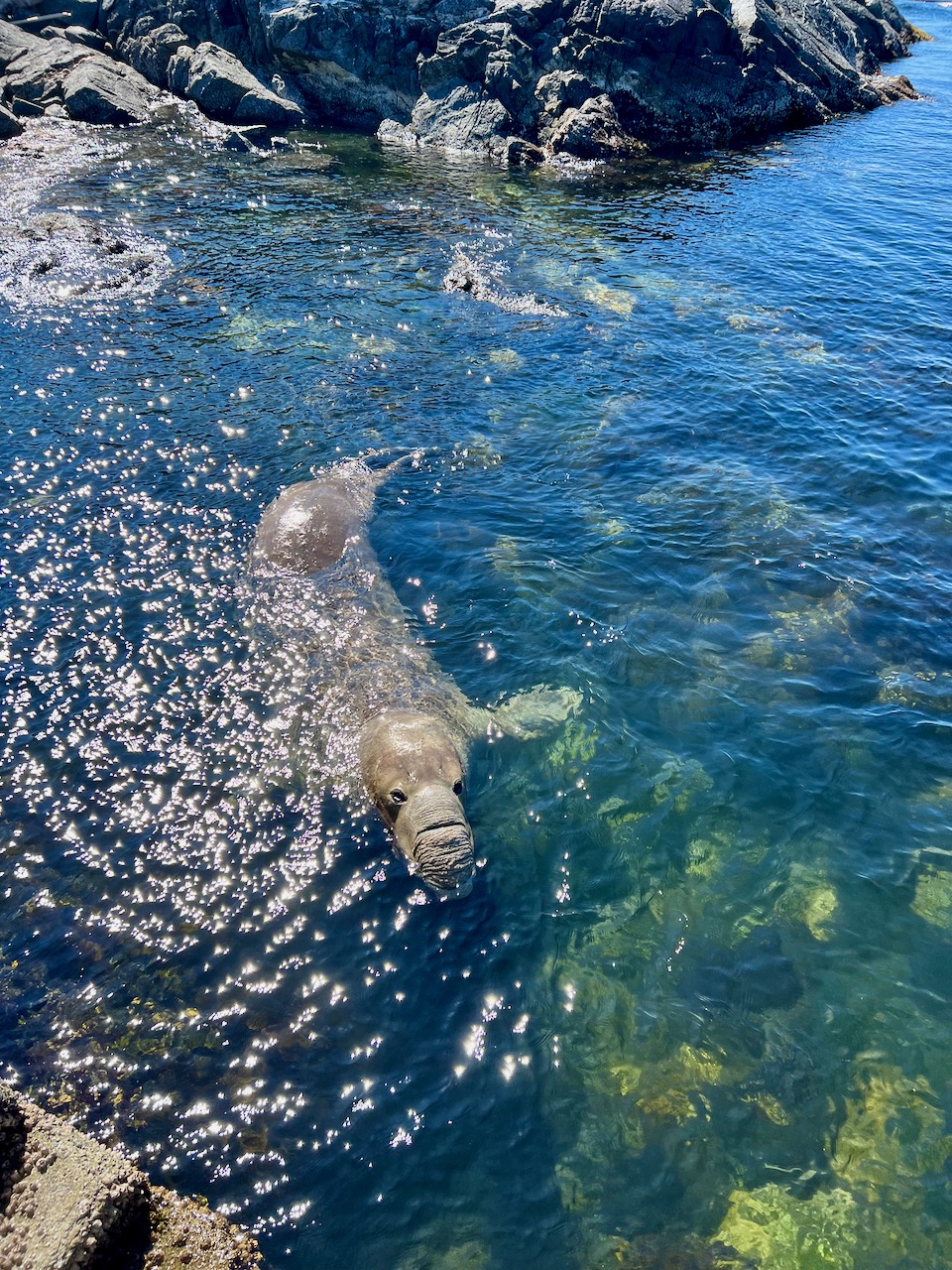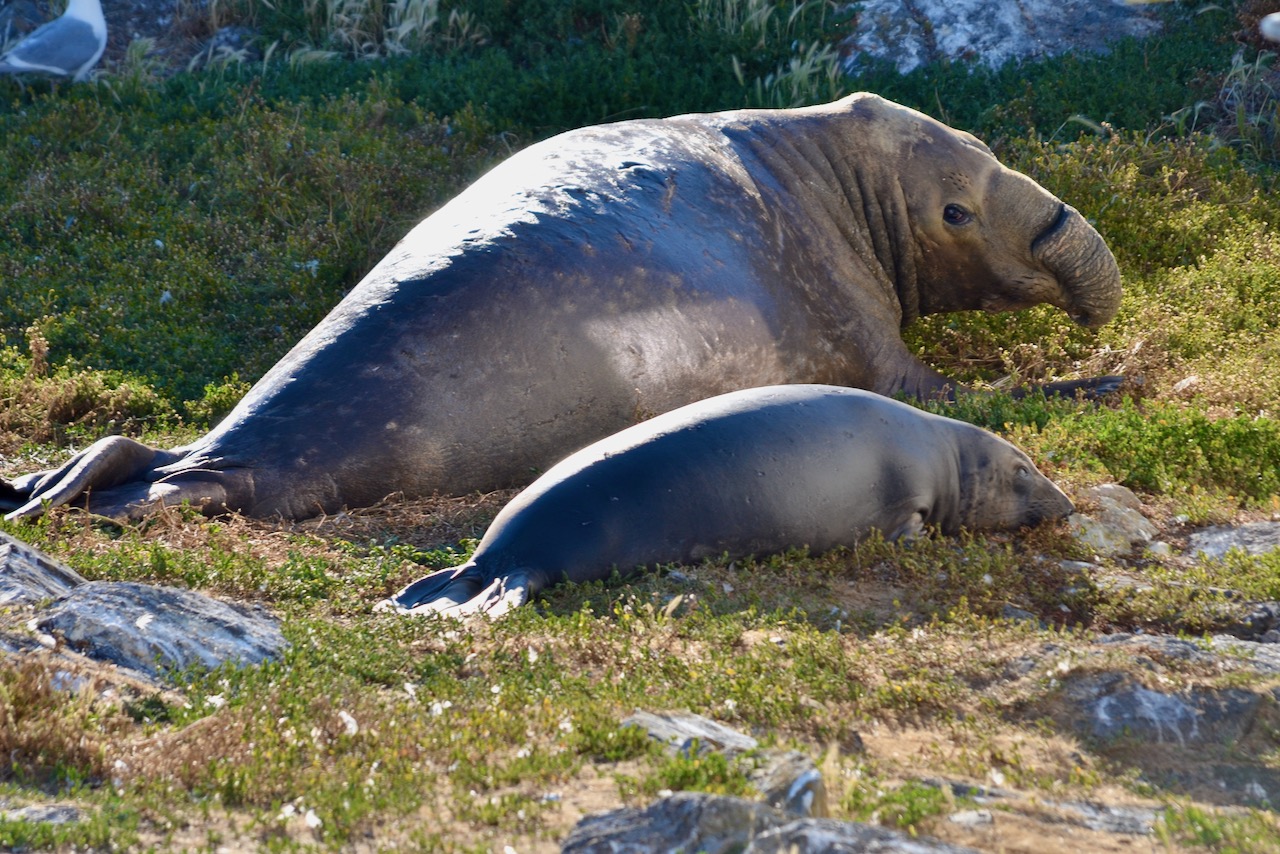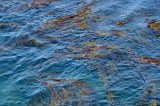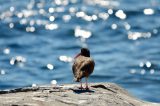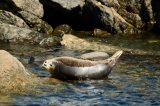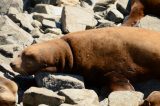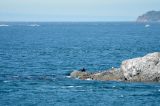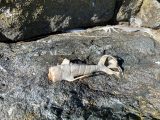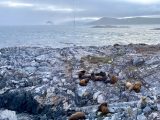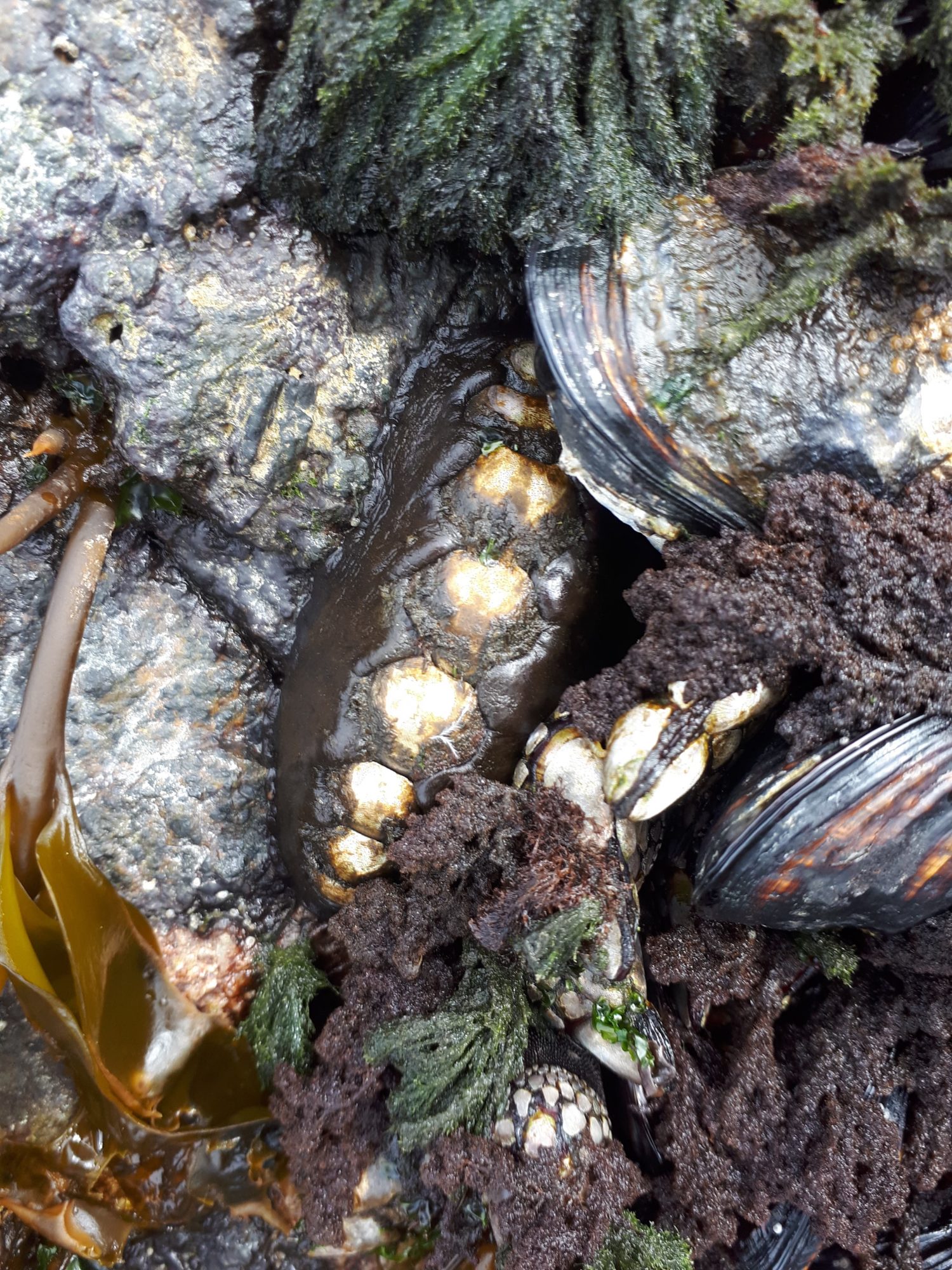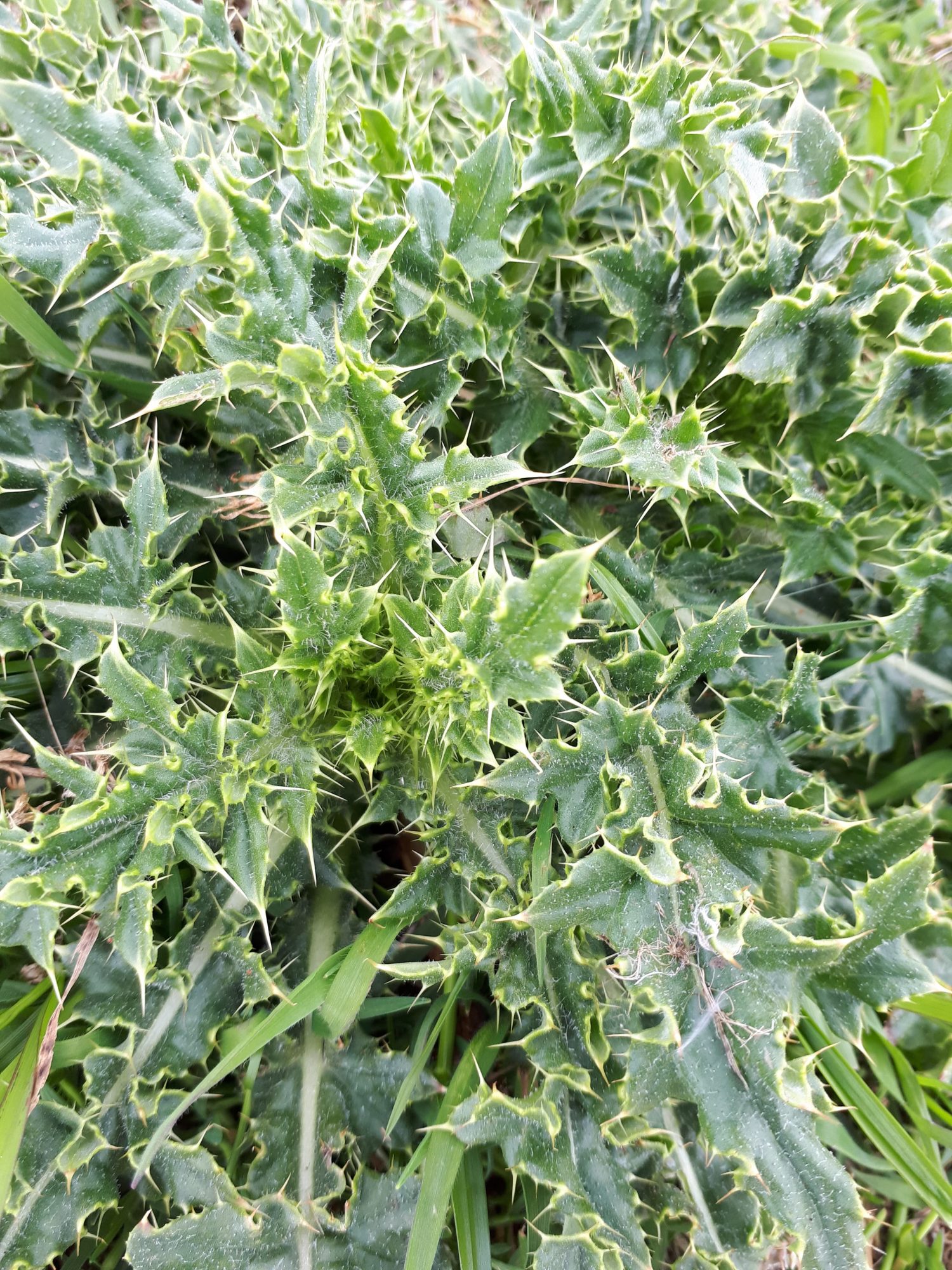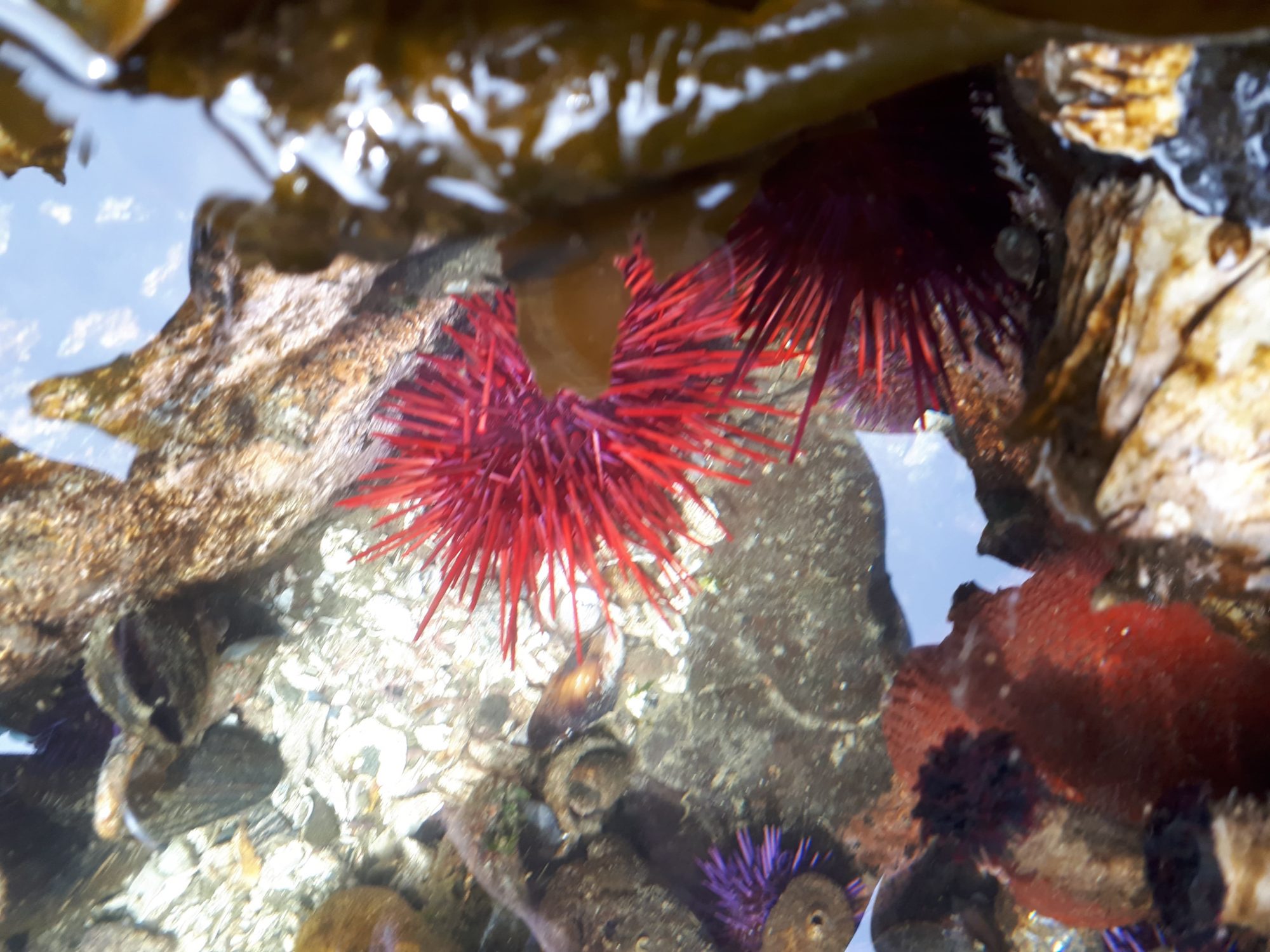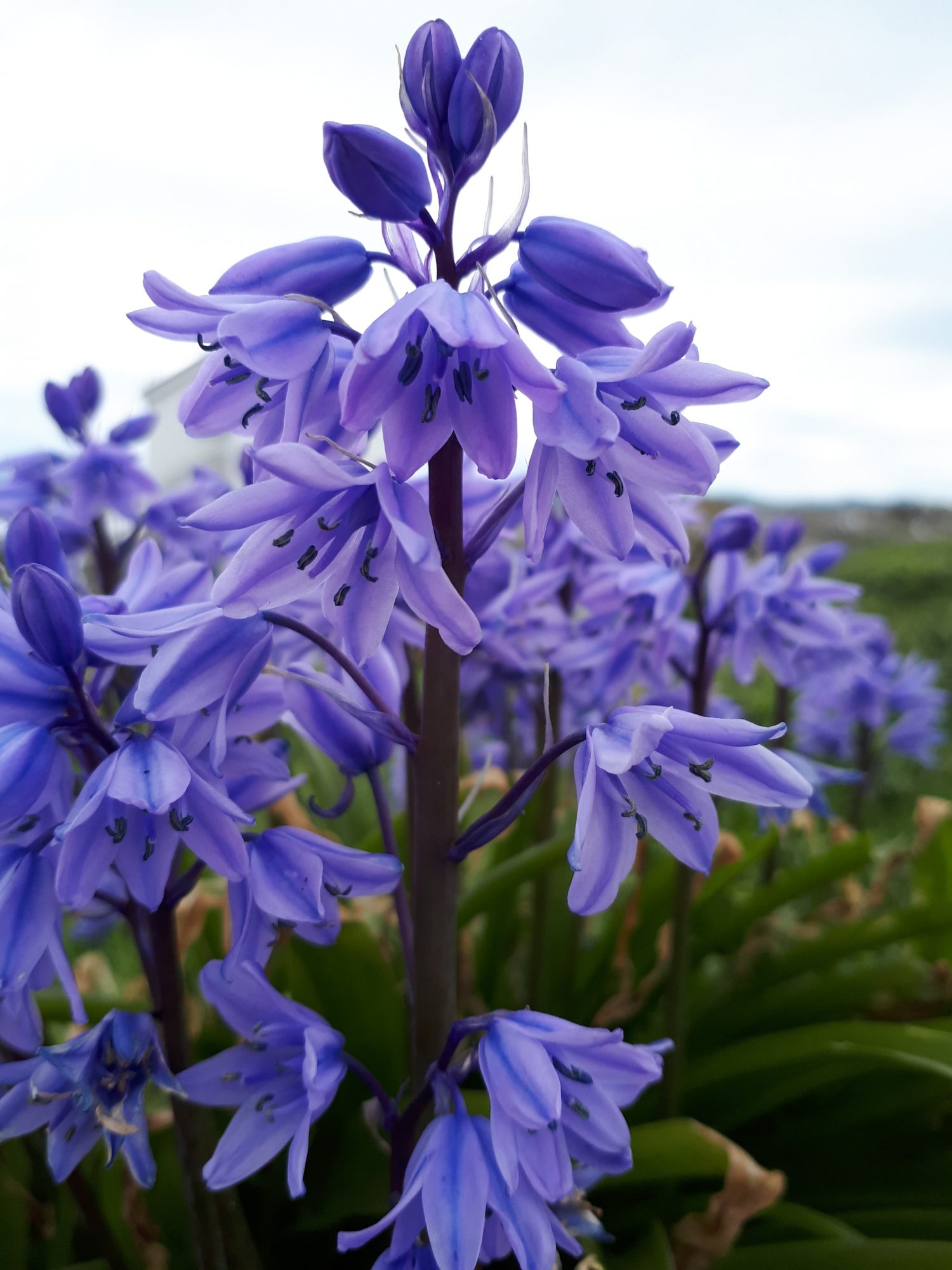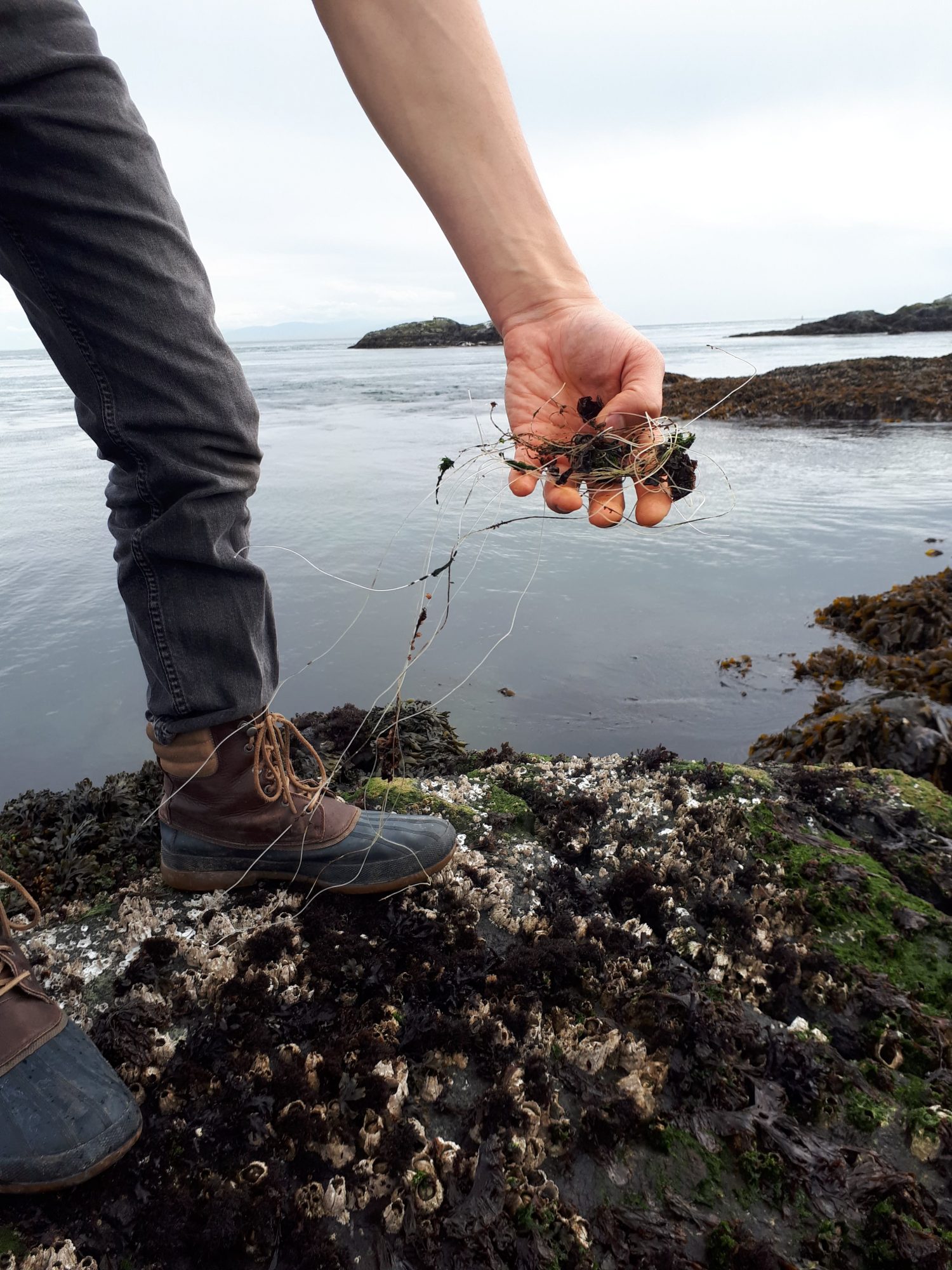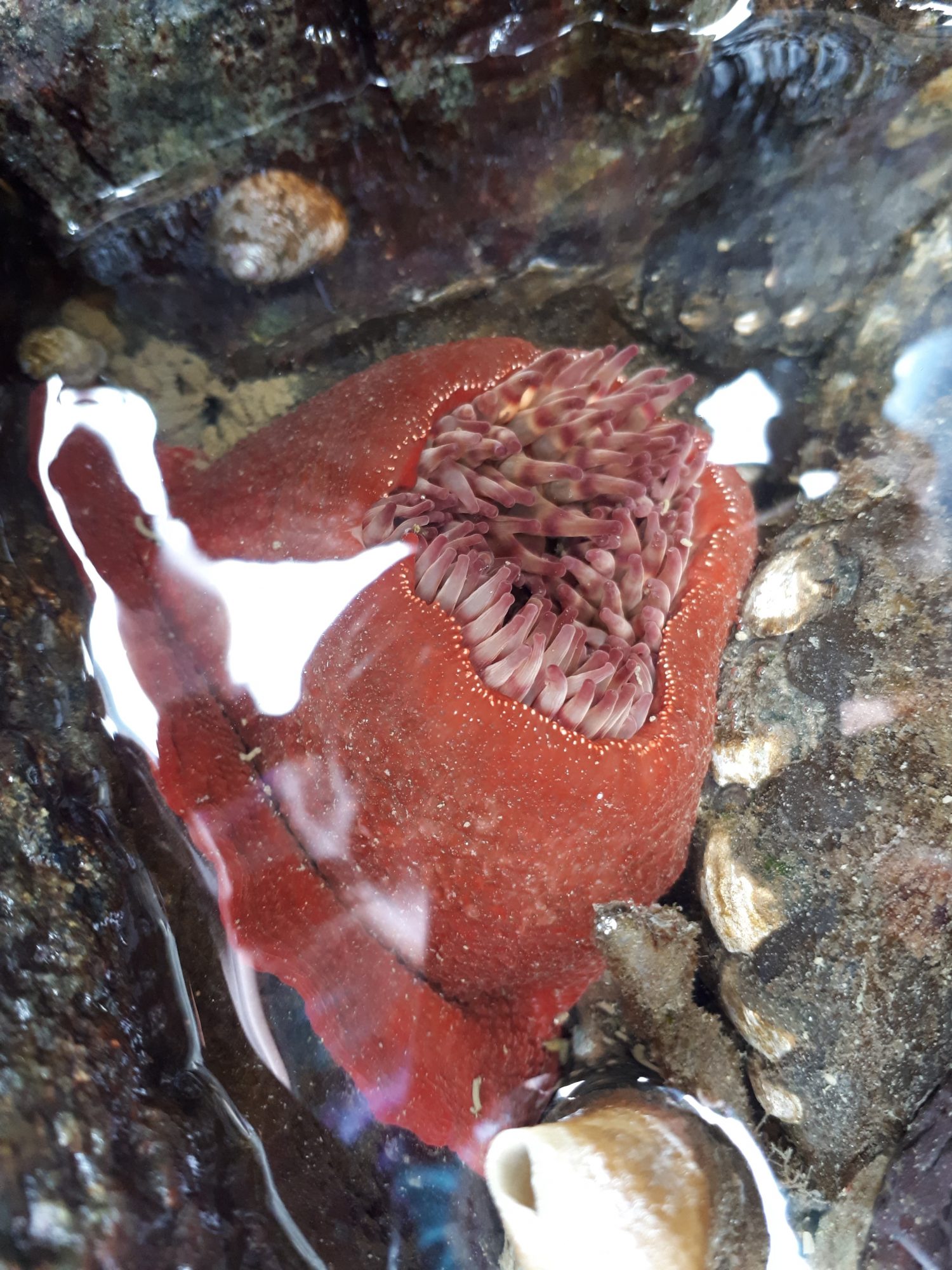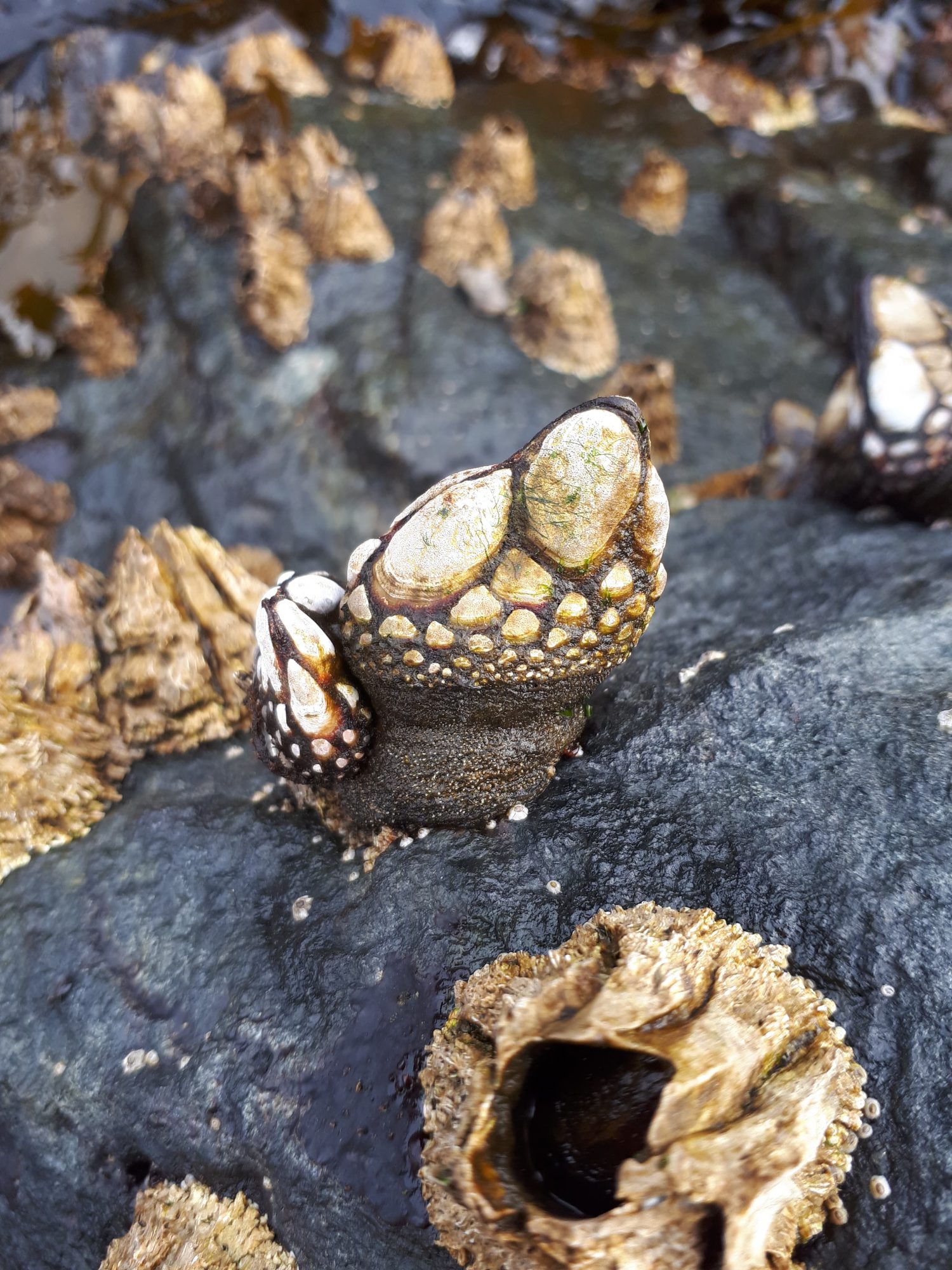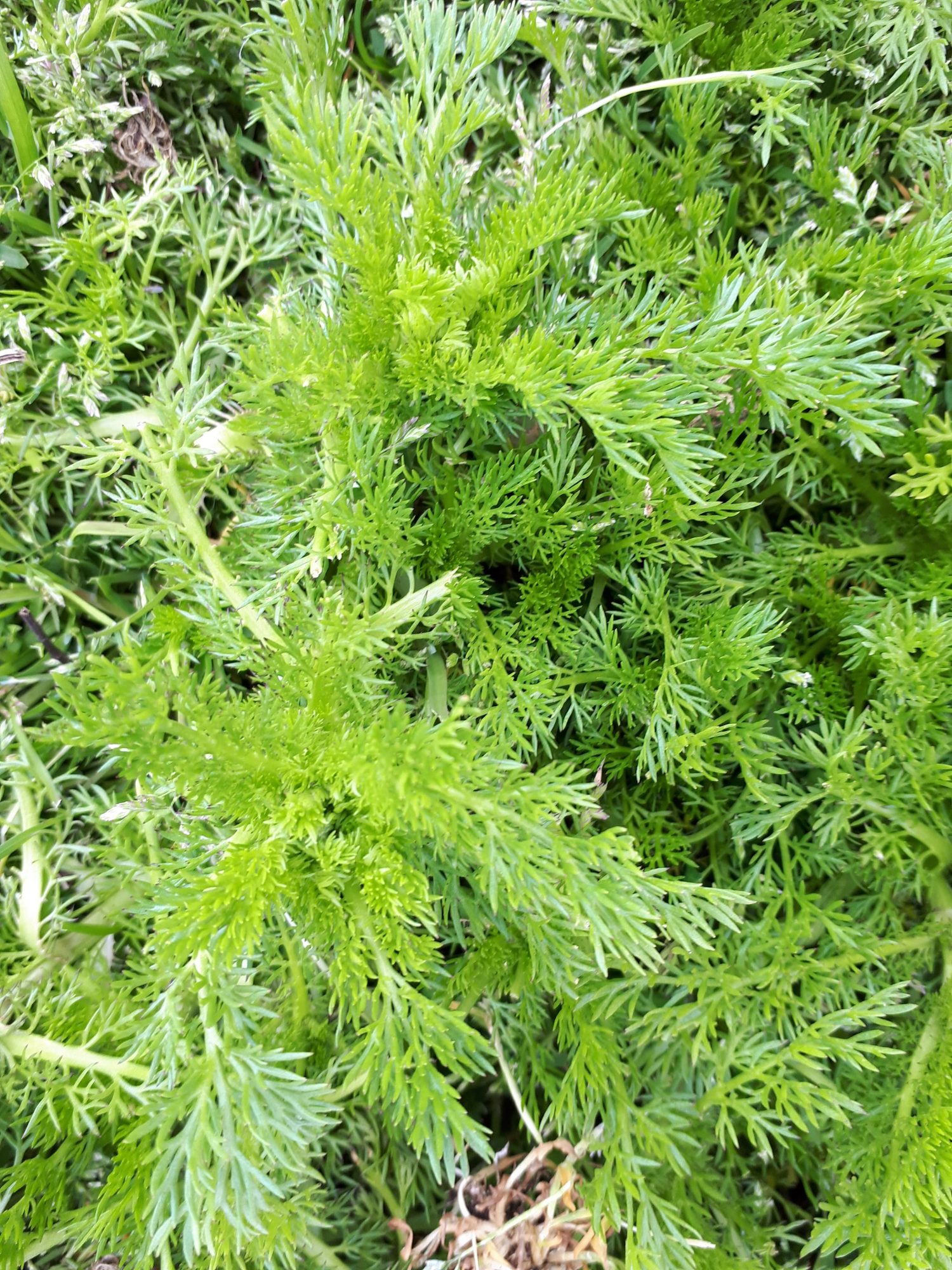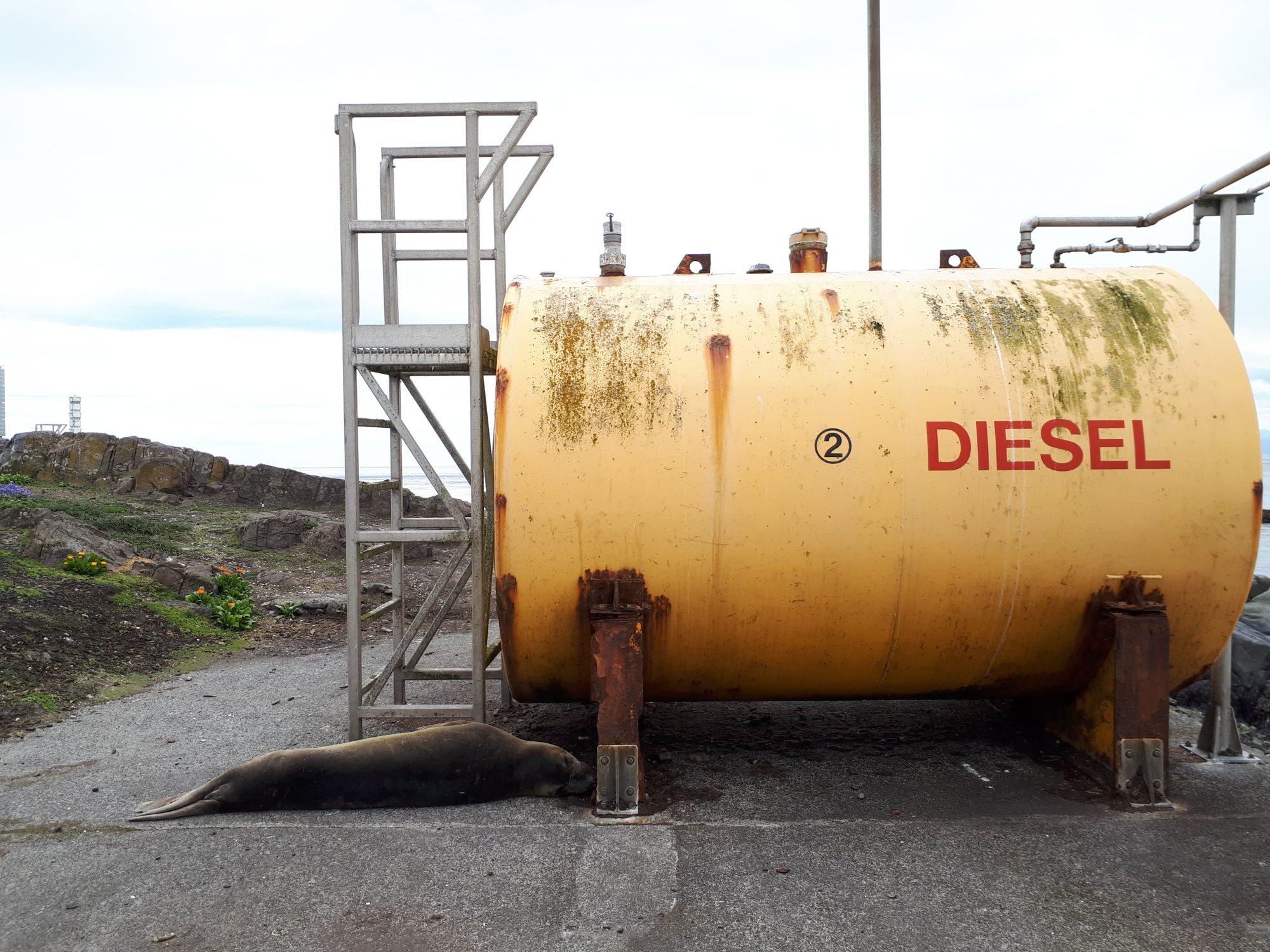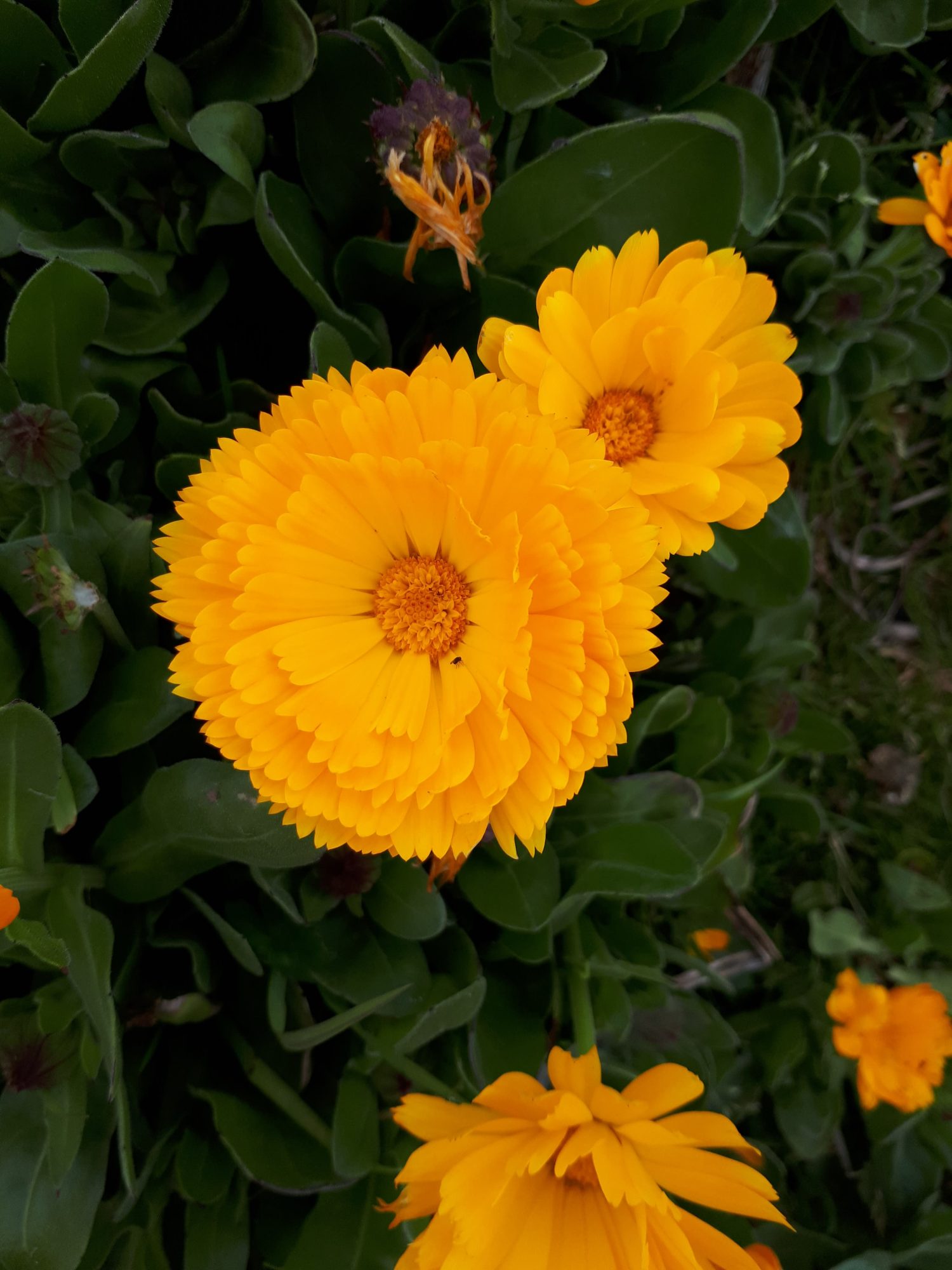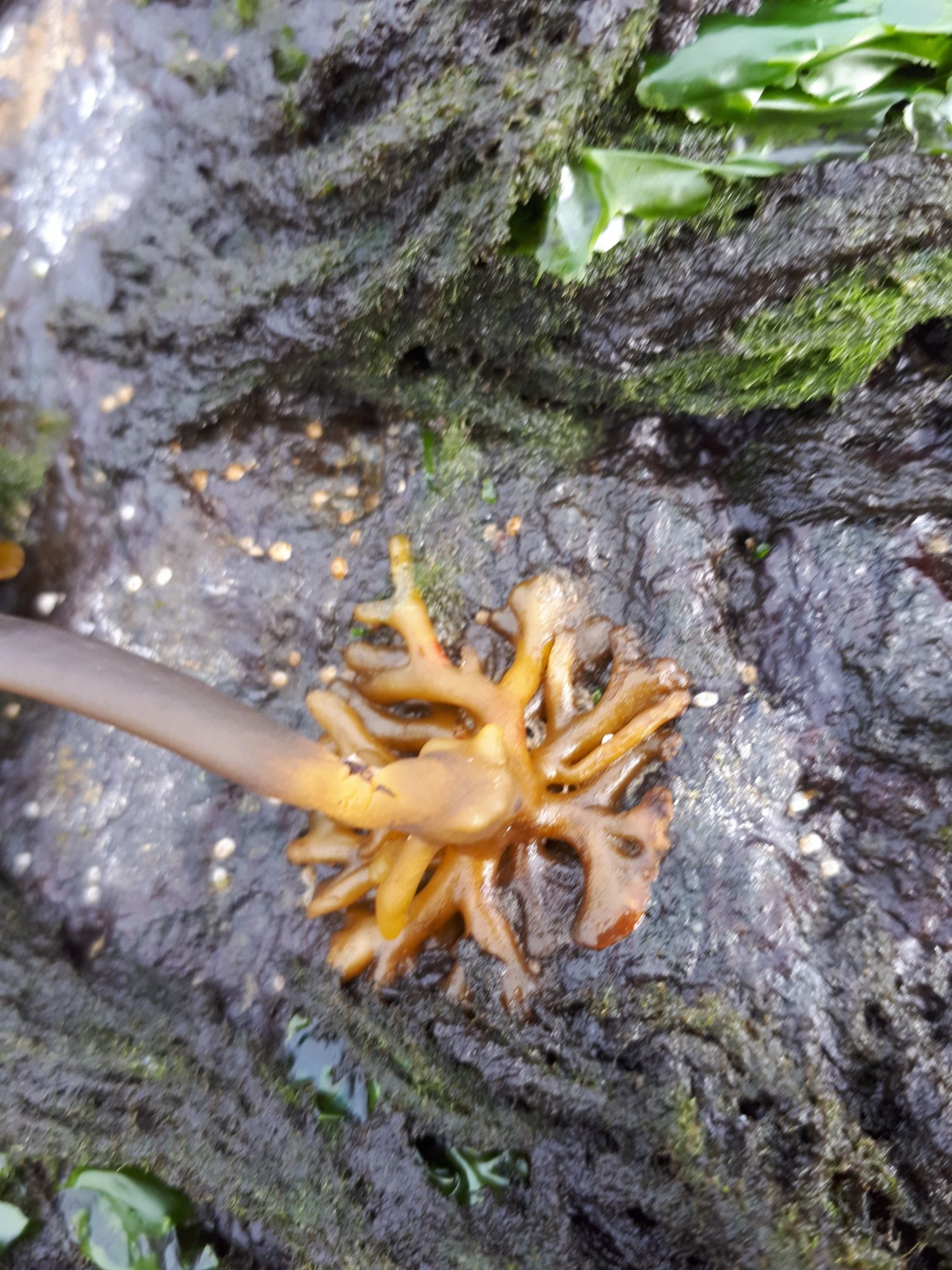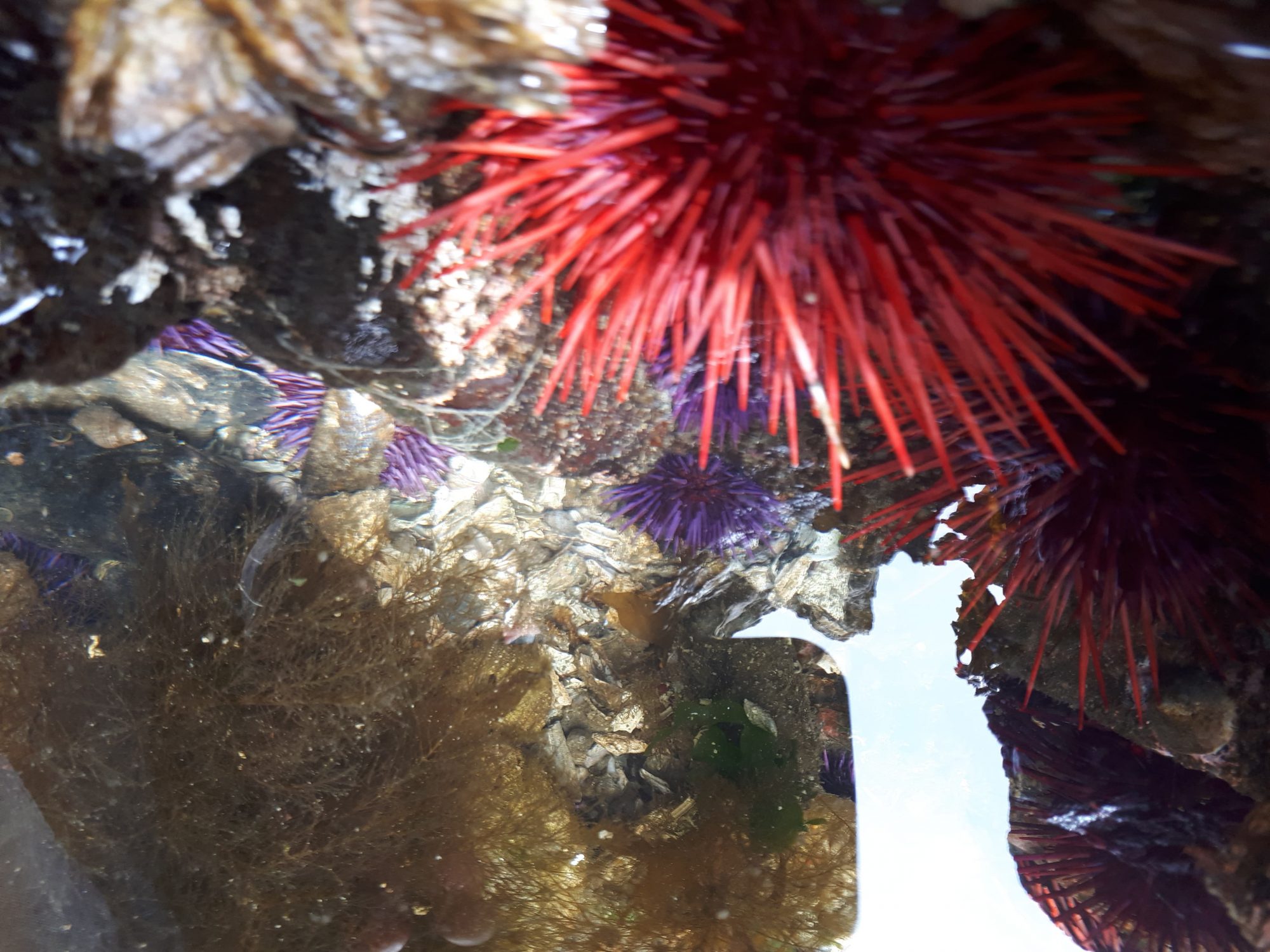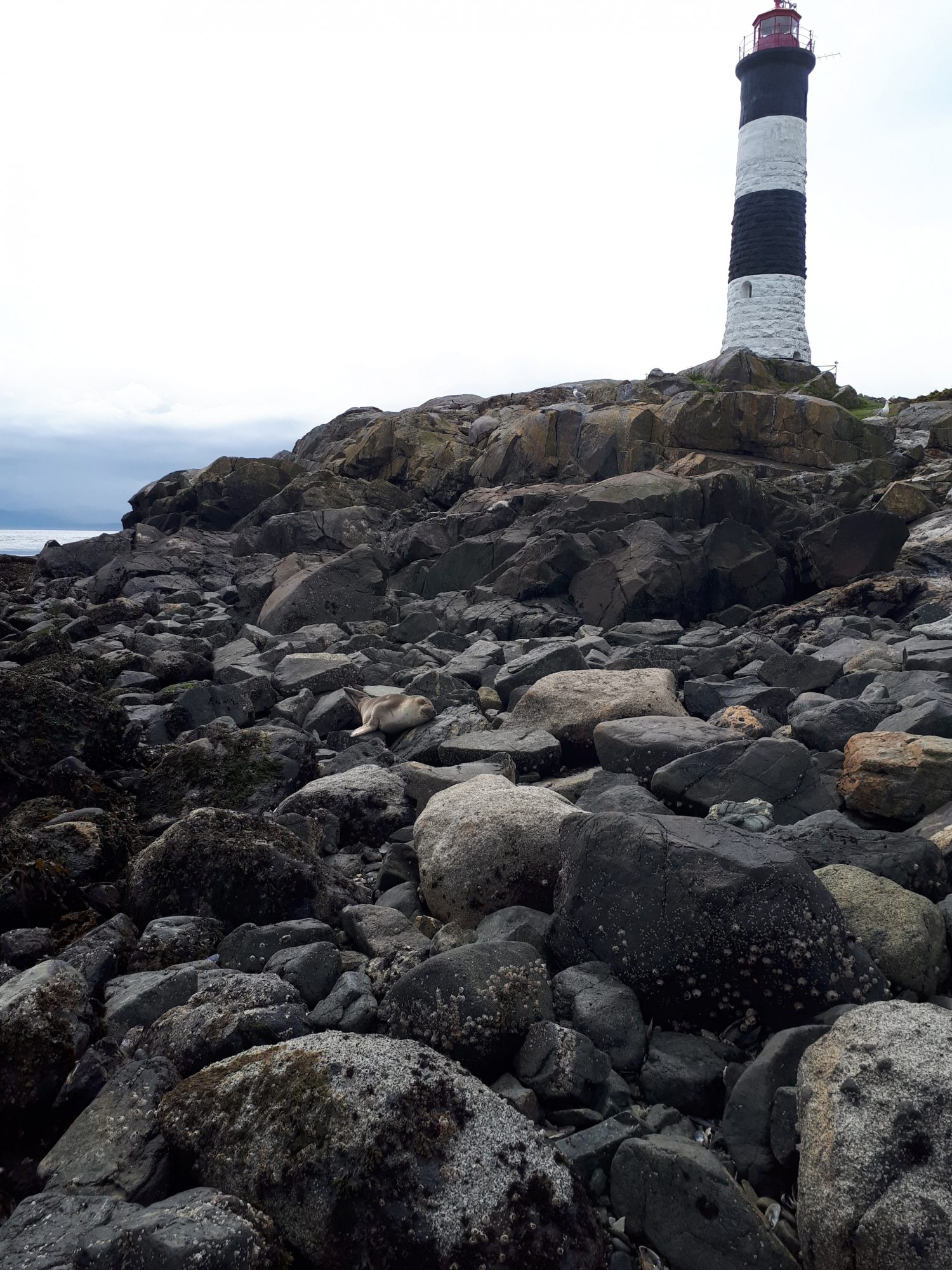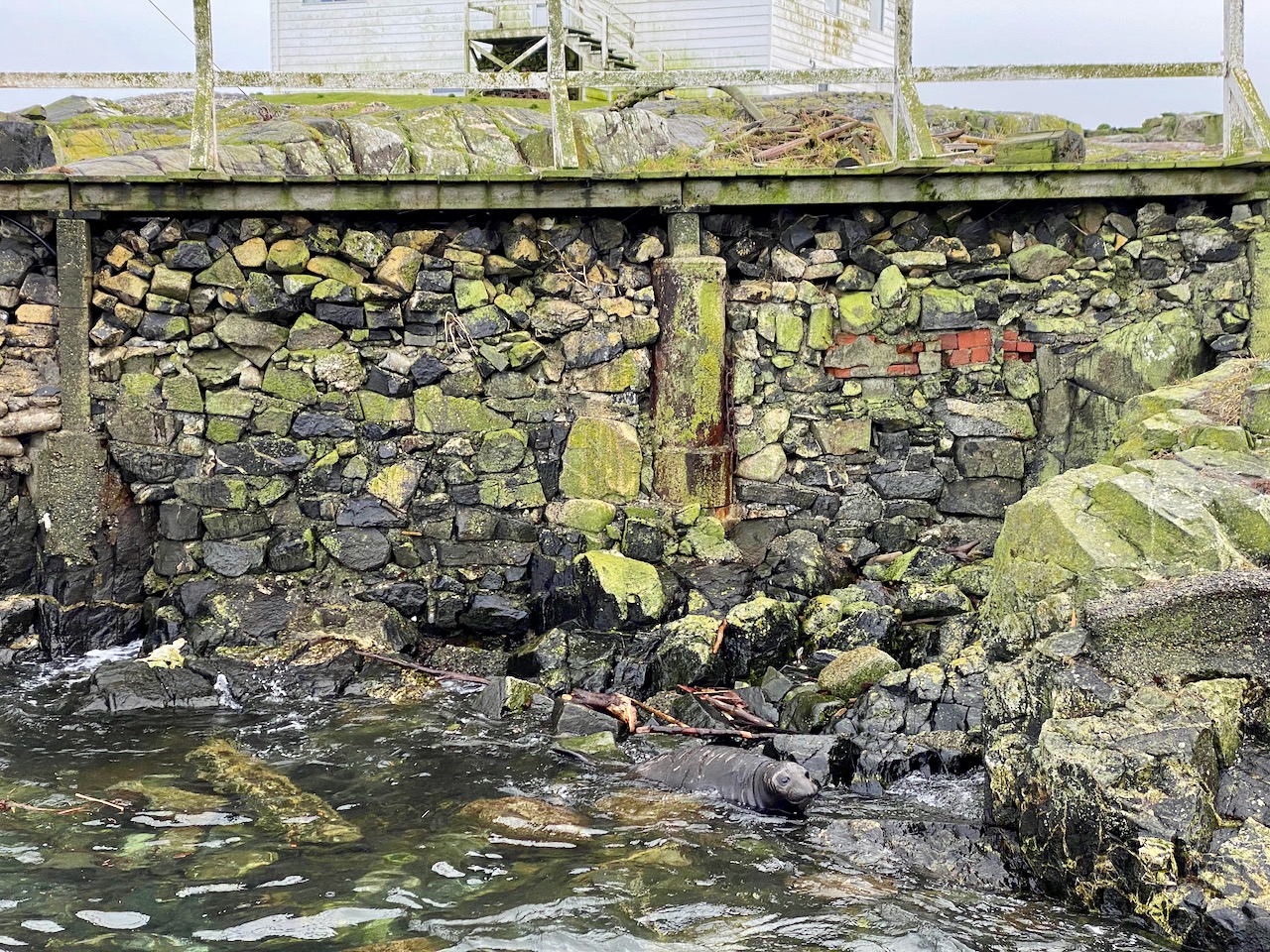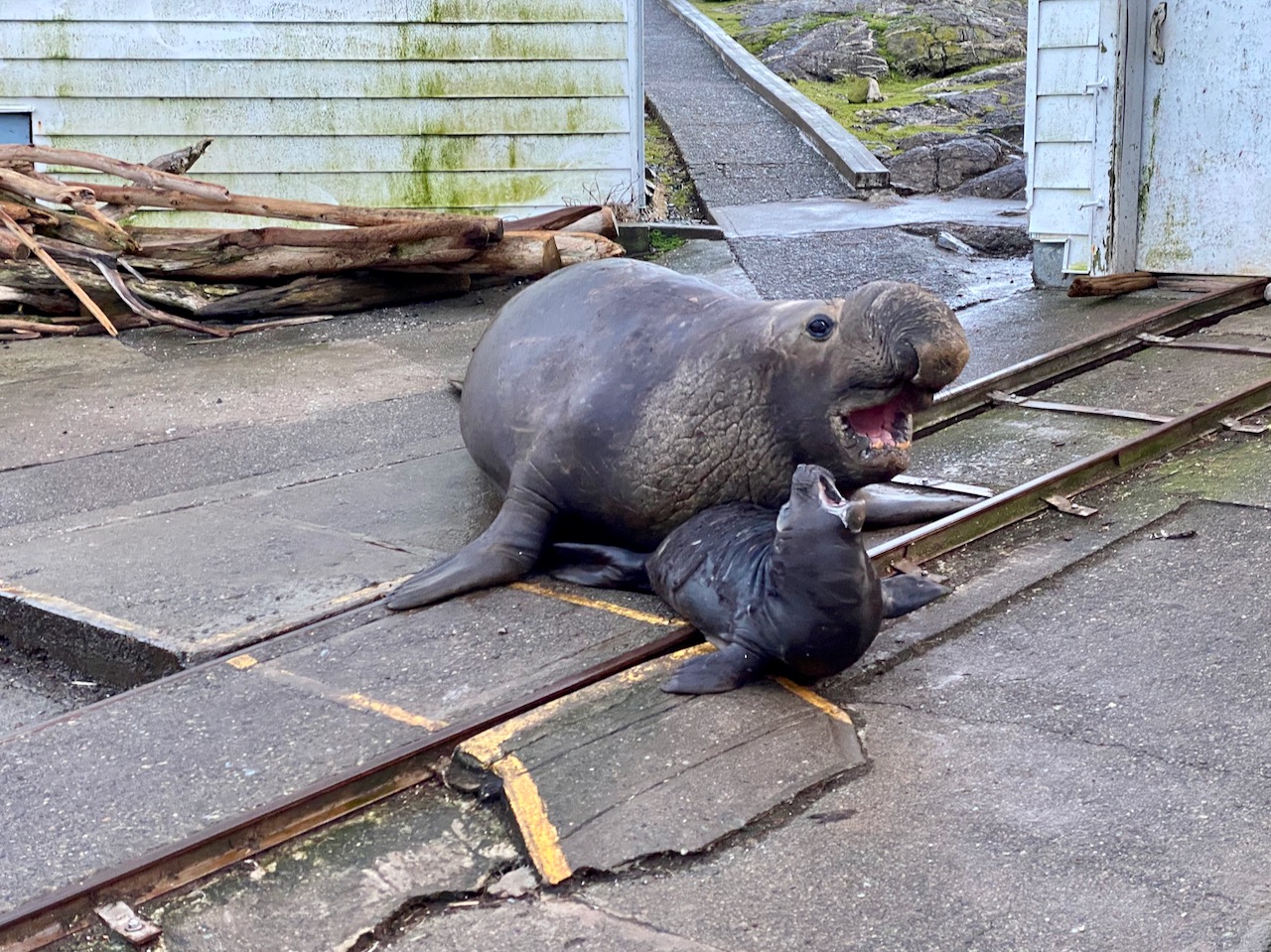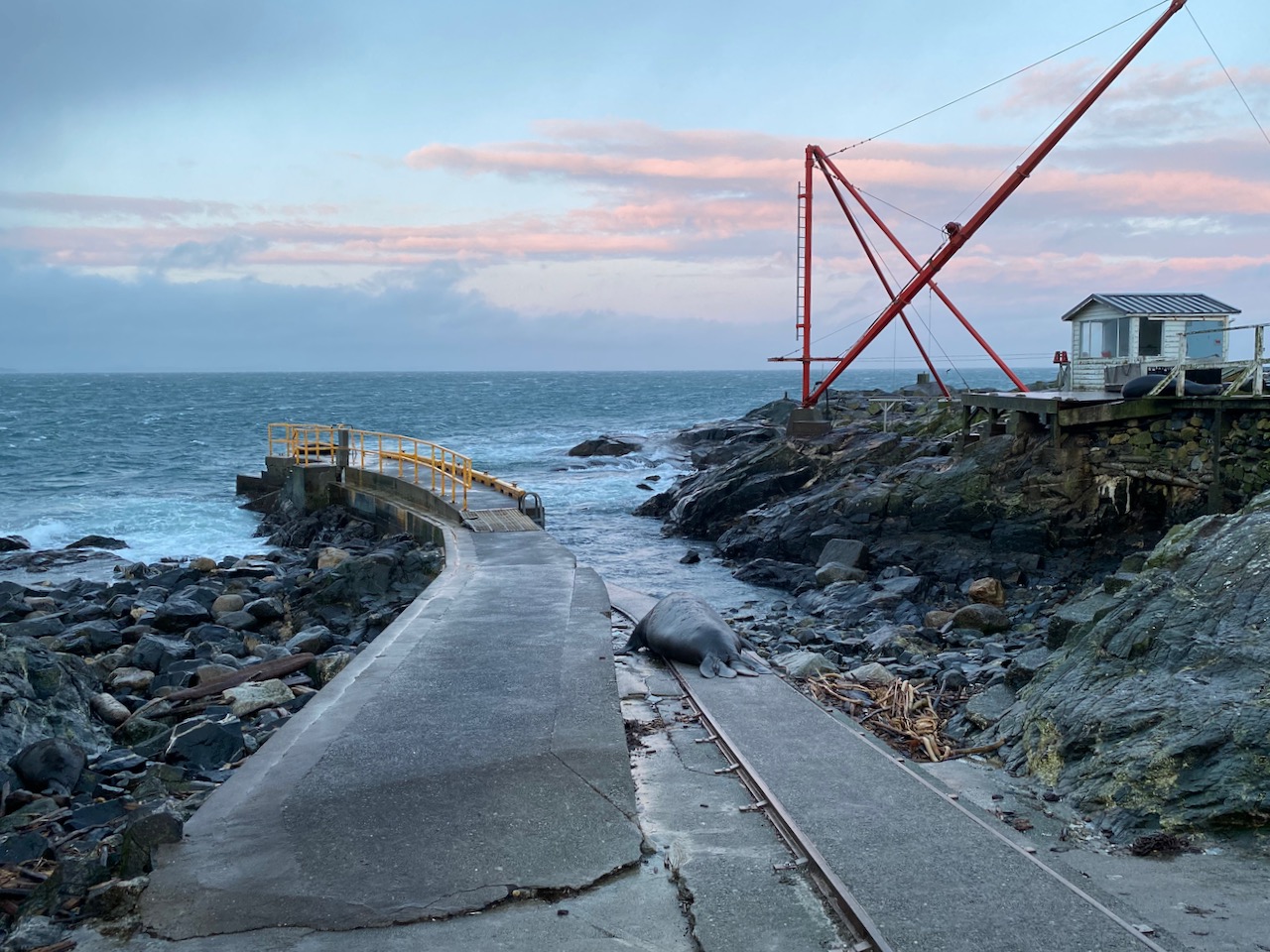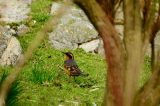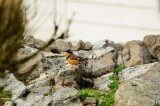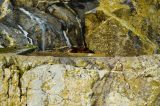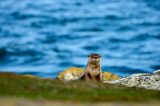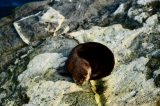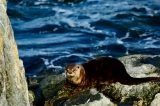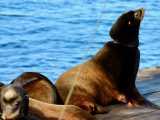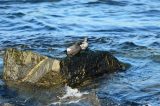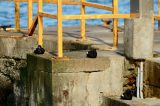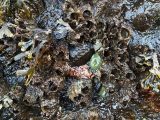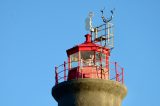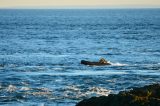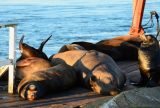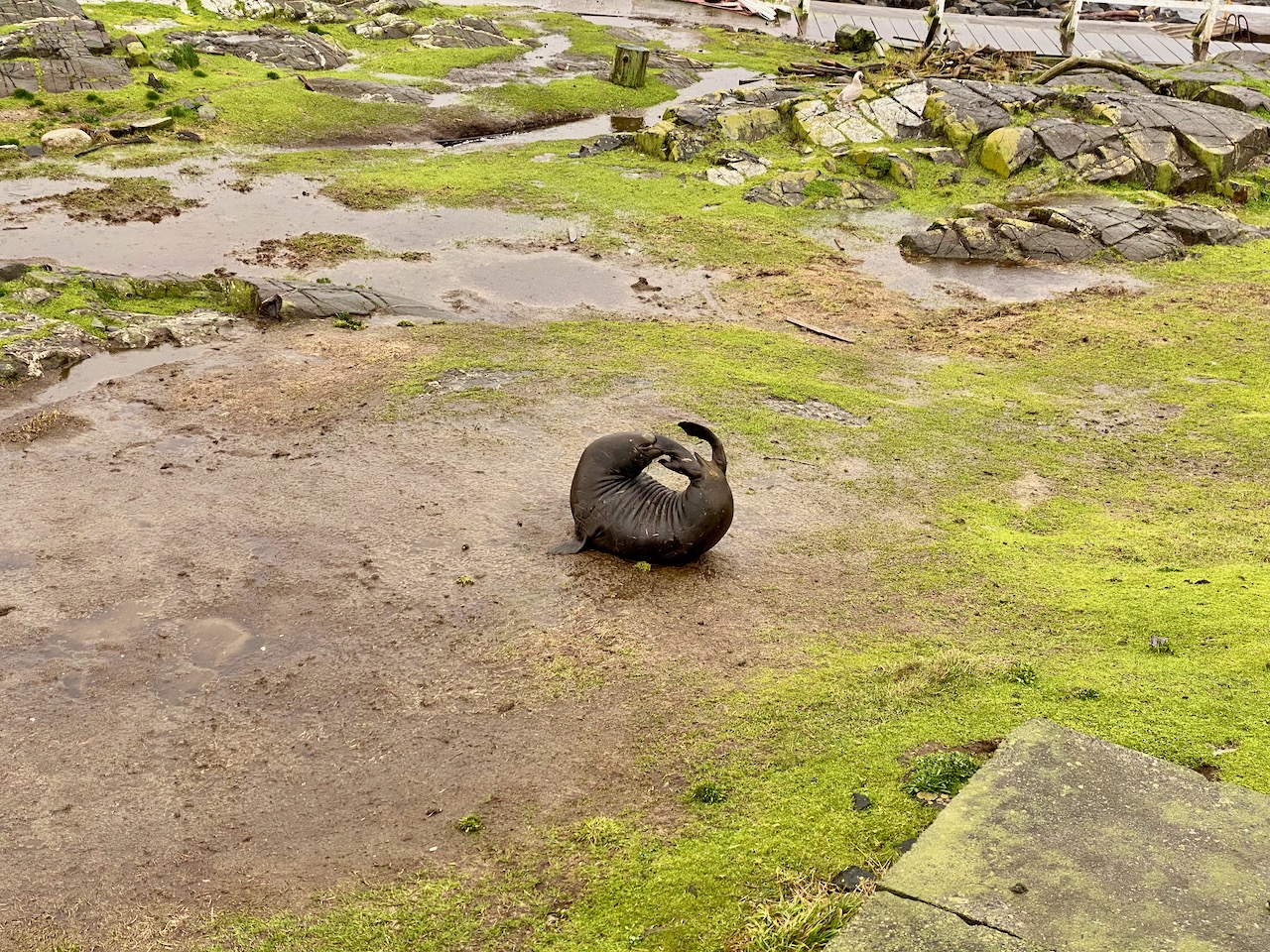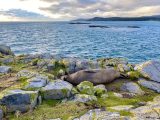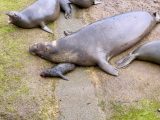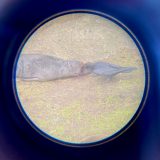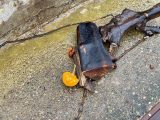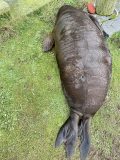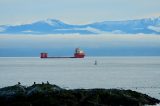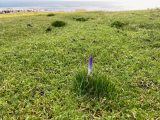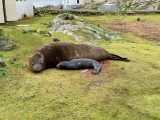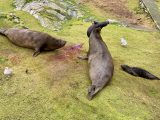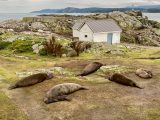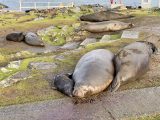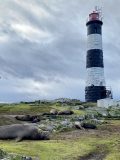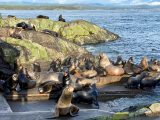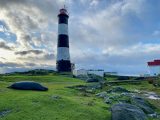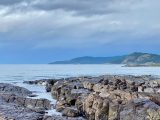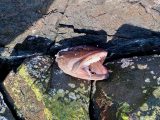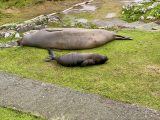Ecological Notes:
- I have spotted at least six oystercatcher chicks over the past four weeks, although they are hard to get photos of since they often hide and blend in with the rocks. The parents alert the chicks when I am nearby. On any census day in July, I have only been able to spot three each day. Today I spotted four.
- I launched the station boat early this afternoon to pick up two volunteers from Pearson campus. On the way to and from Pedder Bay, I slowly and at a safe distance checked out some of the smaller islands that make up the ecological reserve. On the way back with the visitors, we went around the island clockwise to see the sea otter in the east kelp, around the south side of the island, through Middle Channel to see the hauled out sea lions, then landing at the jetty to many watching eyes on the eco tour boats and four elephant seals in the jetty bay.
- The three juvenile elephant seals (two females and one male), who have been in the jetty bay and on the boat ramp over the past week, have been joined by a large male elephant seal. His huge size, as well as large proboscis (trunk) and back battle scars lead me to believe he is the alpha male I witnessed here in the winter and early spring of 2020. He has also been here as the alpha male for the past two winter birthing seasons. Some past ecoguardians referred to this alpha male as Bernard. I prefer not to anthropomorphize animals. I suspect the three juvenile seals are offspring of the adult male, as the alpha mates with all the females after they give birth. I also believe the juveniles might be the three pups born between December 2019 and January 2020, when I was on the island. They appear to be the correct size for two and a half year olds. They also seem to be friendly with each other as they were in the spring of 2020. See the comparison photo below :)
- See the photo gallery below for the ecological happenings from the past two days.
Weather:
- Yesterday (July 29):
- Sky: Partly cloudy with fog overnight until mid morning
- Wind: W 16-26 kts
- Sea: Rippled in morning, then up to 2′ chop
- Temperature Low 11 oC, High 14 oC
- Today (July 30):
- Sky: Partly cloudy
- Wind: W 0-24 kts
- Sea: Rippled
- Temperature Low 11 oC, High 18 oC
Visitors:
- Two volunteers, Jeremias and Abi, arrived today to help out around the island for the next nine days.
Facility Work:
- Scrubbed and squeegeed solar panels, routine tidying and checking infrastructure around the island.
Vessel Traffic:
- Many Canadian and American ecotour boats have been nearby and heading through the waters of the ecological reserve.
Here are photo highlights from the past two days. Click on the photos for larger views and captions.
- An oystercatcher chick waits for a fresh mollusc snack harvested by their parent. This oystercatcher family on the north shore has a second chick, who did not make it in this photo.
- The three juvenile elephant seals on the boat ramp yesterday. The two at the front of the photo are females and the one at the back is male.
- Here is a comparison photo of the three pups on March 18, 2020. They are in the opposite order of the previous photo. In this photo they are lined up from oldest to youngest, with the male in the front and two females behind.
- A view of Race Rocks as I motored slowly near the North Islands. The Elwha Valley and Olympic Mountains are in the background.
- A much closer view than I have seen in the past month of the sea lion haul out on Middle Rocks.
- A few Steller sea lions warming up in the early afternoon sun and low wind.
- We got a closer look at the sea otter, but still kept a safe distance, in the kelp off the east side of the island.
- What a treat to return to the island to the very large alpha male swimming near the jetty.
- The big male climbed up the ramp and plopped down behind the boat house this evening. Check out that big proboscis (snout)! The little male slid alongside, but only stayed for a few minutes before returning to the water.

